Popular on Food52
8 Comments
beejay45
October 21, 2015
My mom always made quince and orange marmalade. It was one of several of her specialties that everyone clamored for. We're in the California wine country north of San Francisco, and the drought has killed so many of our older smaller trees, including the quince and Fuyu persimmon. So sad. But if we're lucky and have some wet this winter, maybe they'll come back. Sigh. Droughts are no fun.
JanieMac
February 10, 2013
So glad to see this piece on quince, I had a little quince love-in a couple years ago in Andalucia, it appeared in many places in many ways and I brought home boxes of membrillo dulce to keep me happy. In desperations I have used the fruits of the flowery version of quince, Chaenomales japonica. They are smaller and very hard, but have the same flavour and fragrance. Very hard work though to do much with them. I still use them mixed with apples in apple pies for depth and interest and I let the extra fruit dry in a bowl in the house just for the scent. Thanks so much for the information!
artemise L.
February 4, 2013
In regards to "Membrillo," I need to make a clarification. Membrillo is the Spanish name for quince, not the paste shown on the picture. What you are showing is a paste called "Ate." Ate signifies a dry jelly made of quince, peach or guava, like the one on your picture. So please, when introducing a new food, use the right term, otherwise people new to the jelly paste will forever think that Ate paste is called membrillo, we already know that that is wrong.
Also, membrillos can be found in Latin American, Persian or Middle Eastern stores during fall. Maybe even during spring if they are imported from the south hemisphere of the glove. Ask your store vendor for information about their imports.
Also, membrillos can be found in Latin American, Persian or Middle Eastern stores during fall. Maybe even during spring if they are imported from the south hemisphere of the glove. Ask your store vendor for information about their imports.
nmueller89
February 5, 2013
While it's true that membrillo is the name of the fruit in Spanish, it's also the name of the paste, also called "carne de membrillo" or "dulce de membrillo", and sold thus in stores.
Hélia G.
November 4, 2019
Membrillo IS quince in Spanish (Castilian). I suppose that in some Central and South American countries the name for quince paste (quince cheese, quince dry jelly, etc.) may be membrillo as a short form for "dulce de membrillo" or "carne de membrillo".
What is not true however is that "marmalade comes from the word for quince in various European languages". To my knowledge there are only two European languages (that some scholars even state as being the same language) that have the word "marmelo" for quince: Portuguese and Galician. And quince paste is obviously called marmelada in Portugal.
What is not true however is that "marmalade comes from the word for quince in various European languages". To my knowledge there are only two European languages (that some scholars even state as being the same language) that have the word "marmelo" for quince: Portuguese and Galician. And quince paste is obviously called marmelada in Portugal.
bonbonmarie
February 2, 2013
I made a beautiful membrillo last fall with quince harvested from a friend's quince hedge. (HEDGE!!! How envious am I?) The membrillo made marvelous holiday gifts together with a piece of the traditional Manchego pairing, and also with creamy-crumbly Manouri. Mmmm!
Silvia
February 1, 2013
where I can find quince? is a popular fruit in South America, and every year since I moved to US I'm trying to do my grandma's jam but never find a supplier! is any online shop to buy it when in season?
Valhalla
February 1, 2013
Love it, and it makes the easiest jam ever, but the midAtlantic crop was wiped out last year--I am missing that jam this winter!

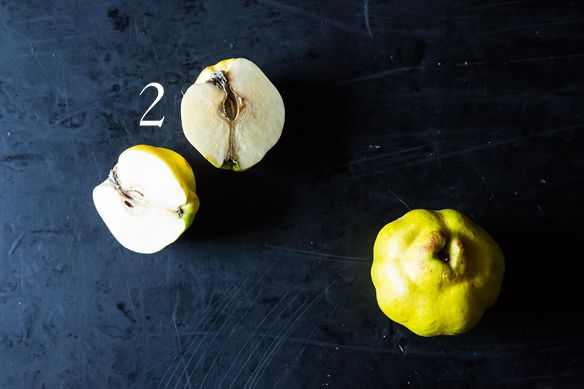
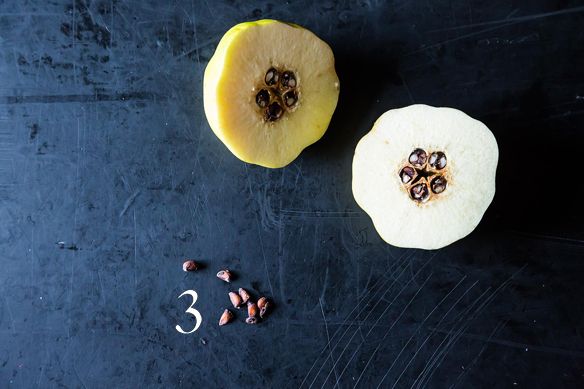
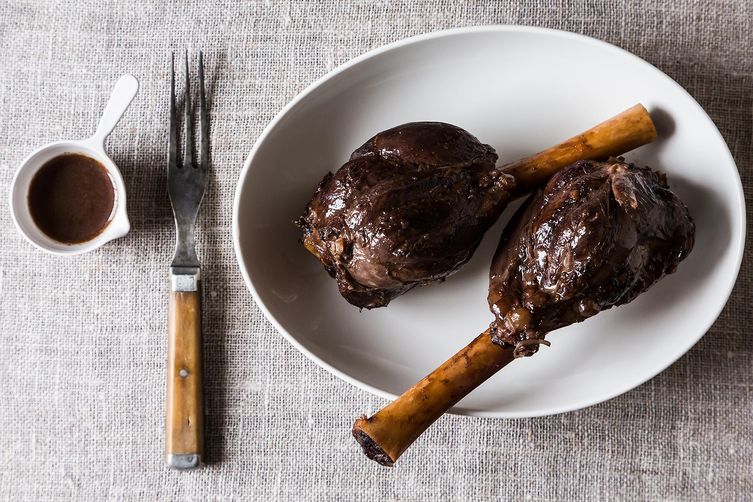
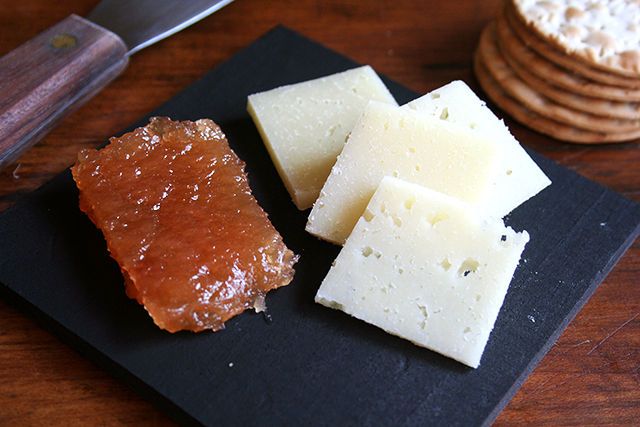
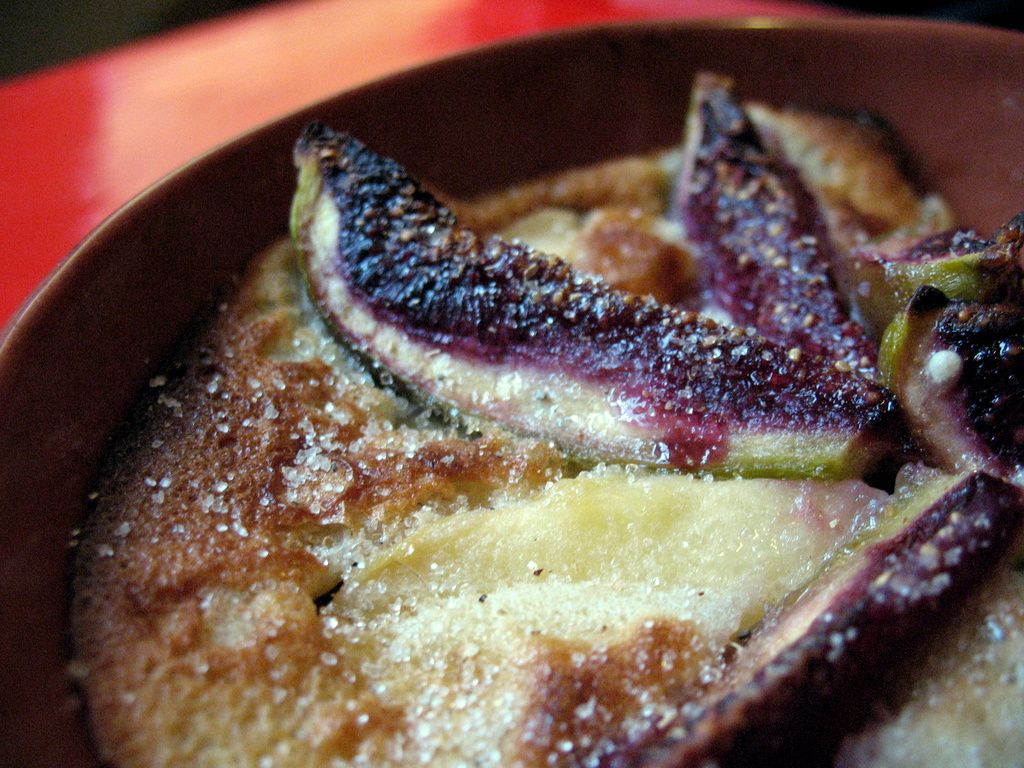

See what other Food52 readers are saying.